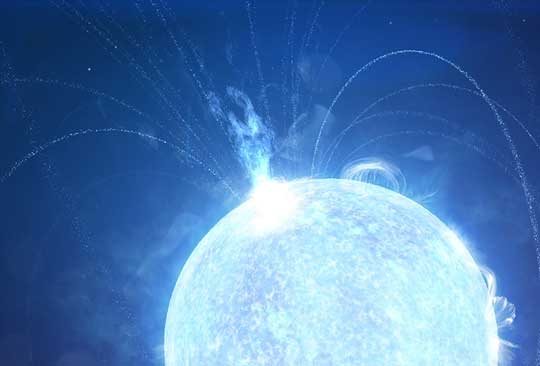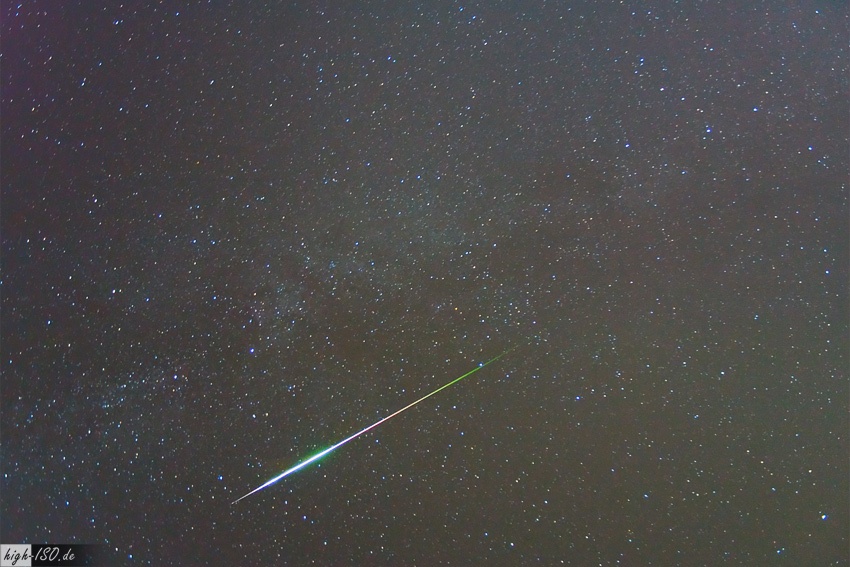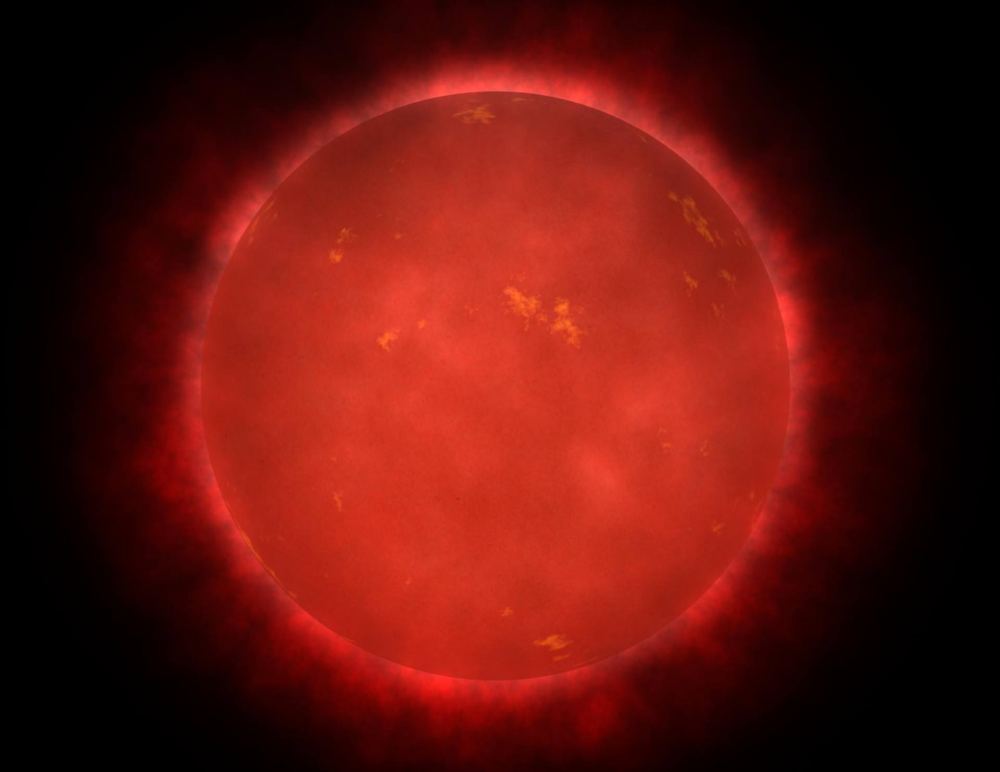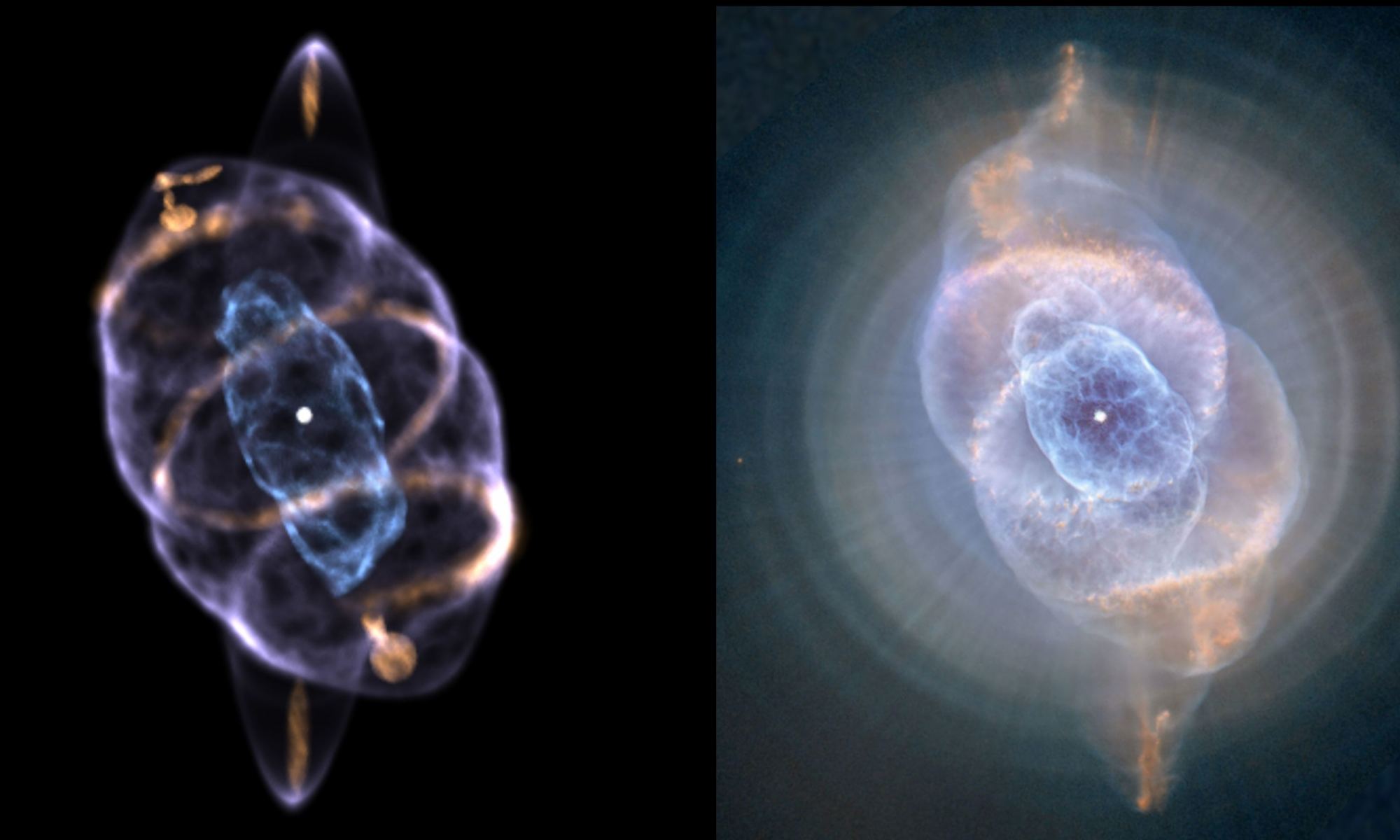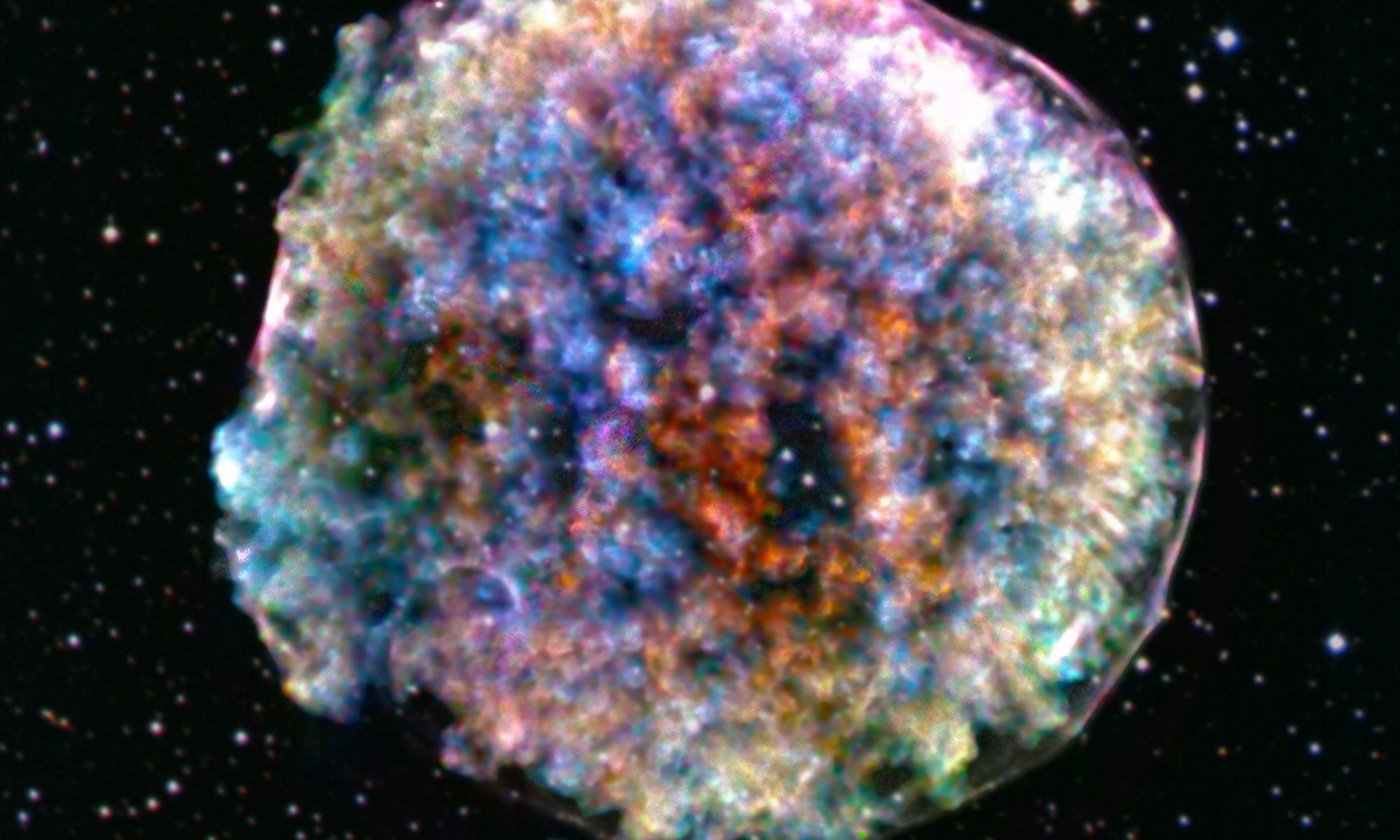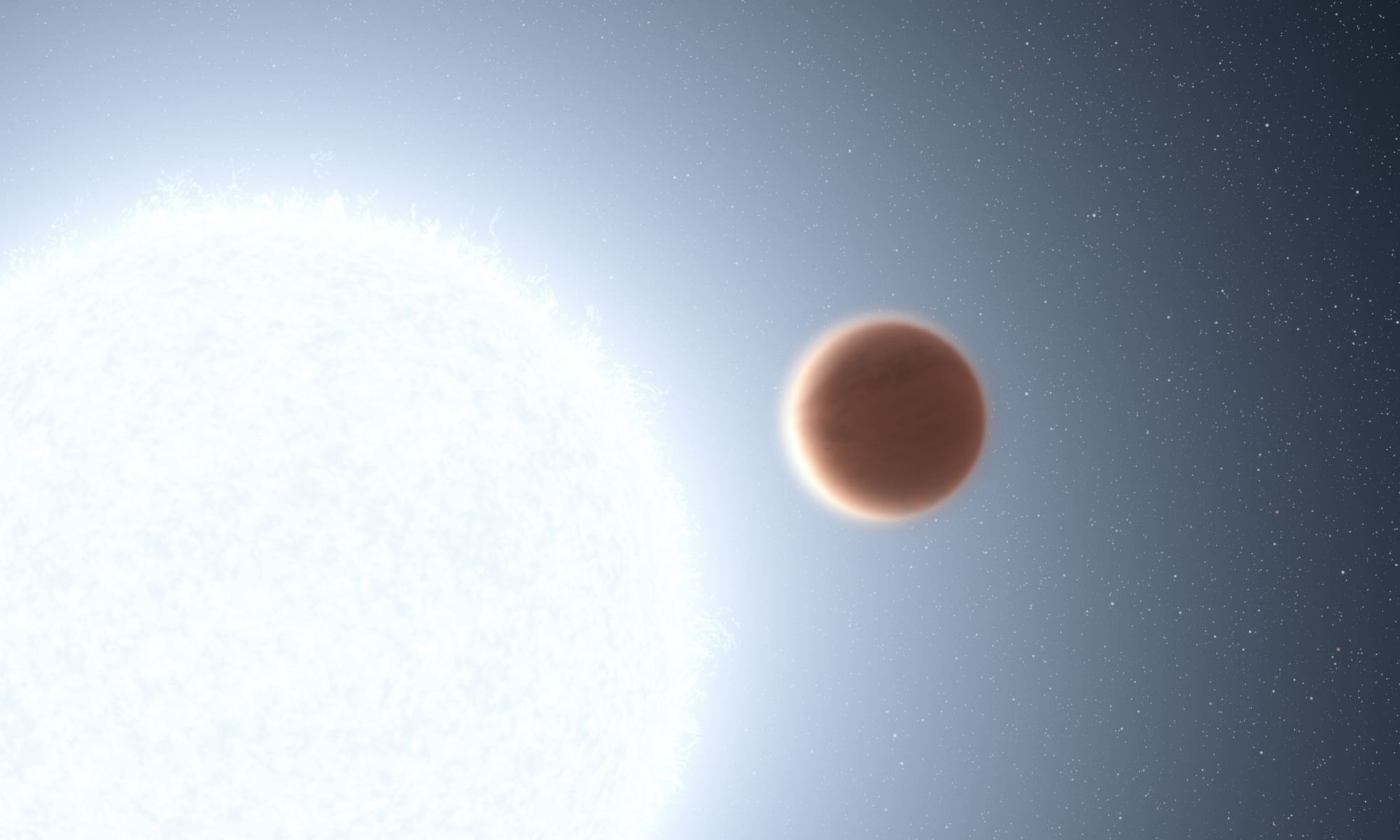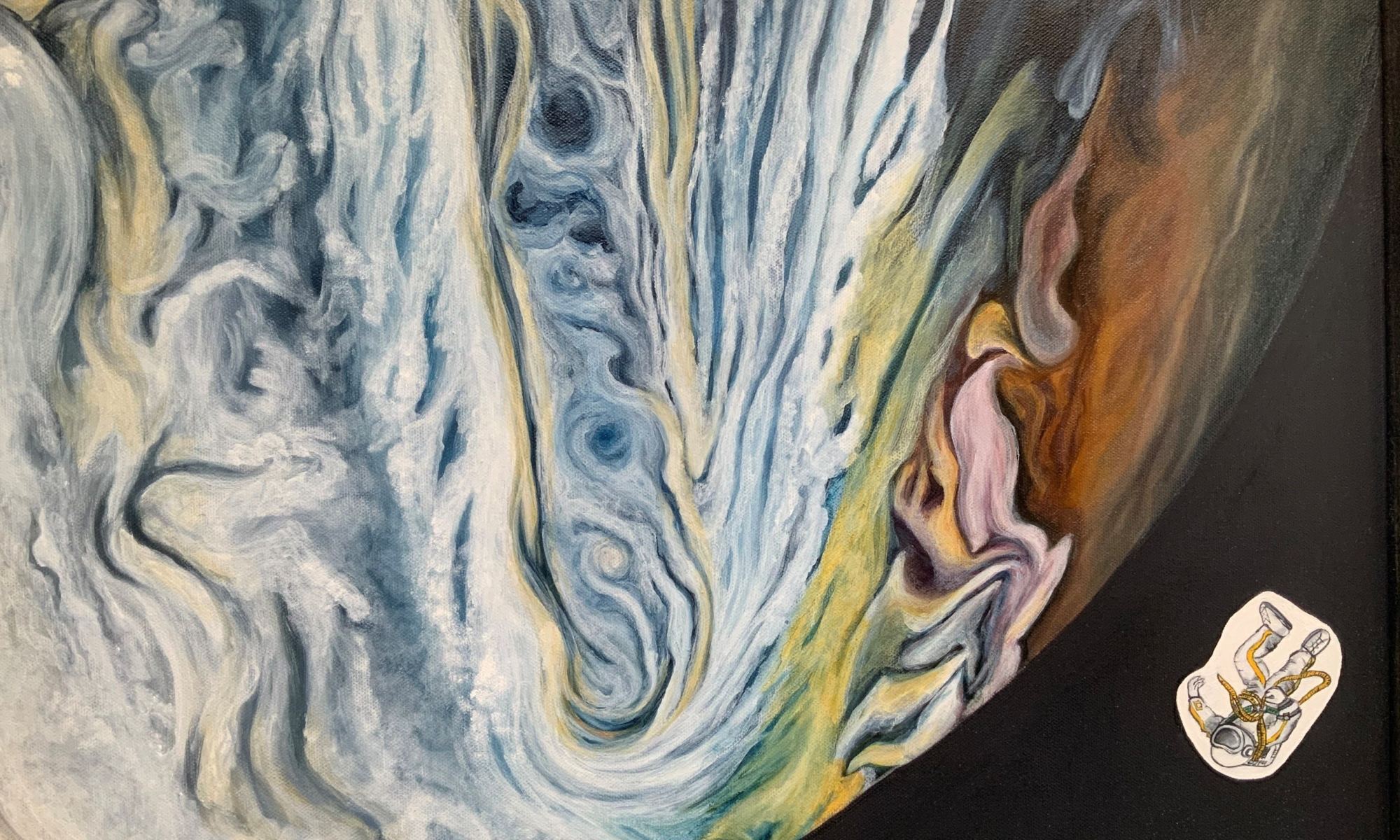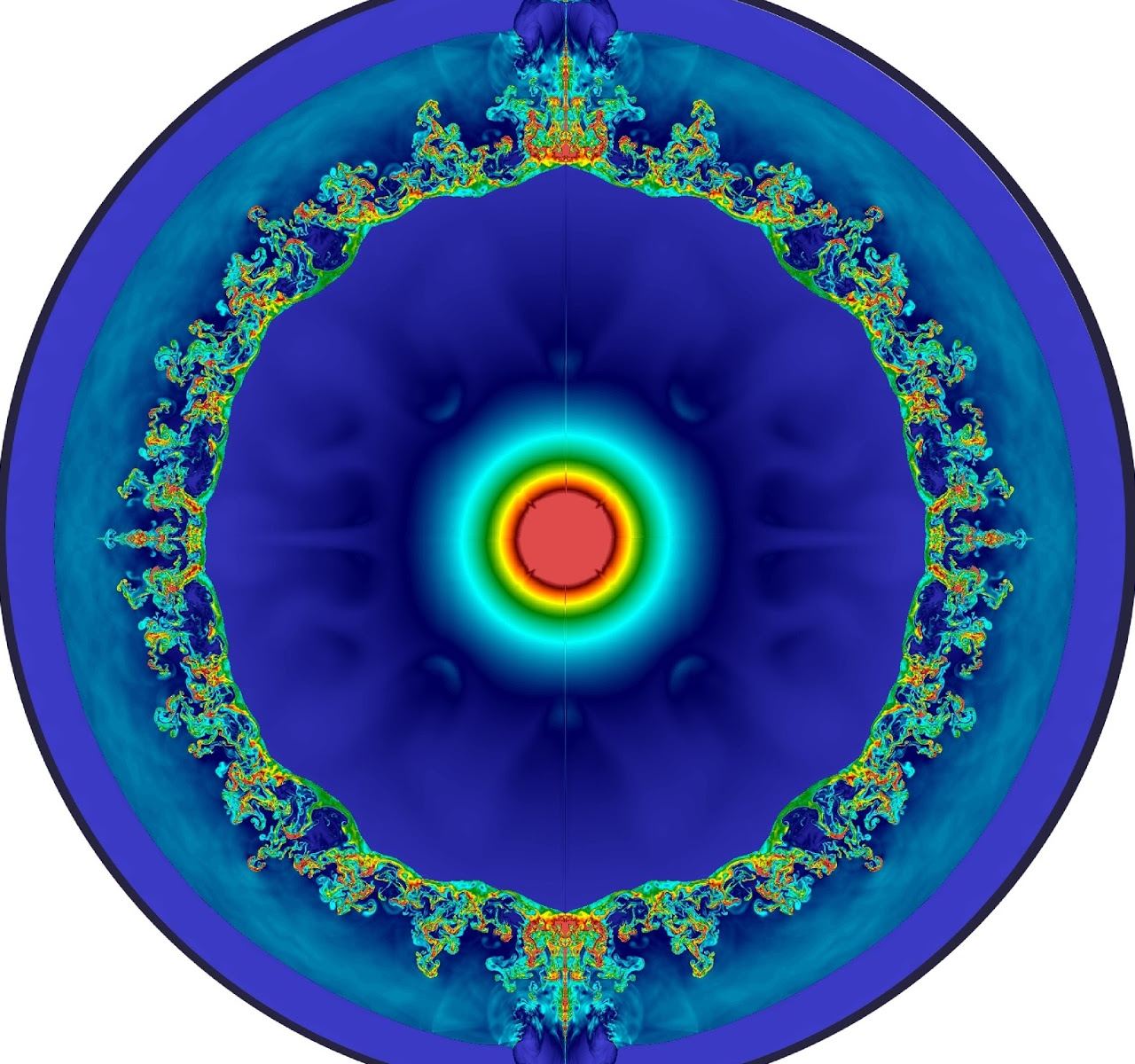The 16th International Olympiad on Astronomy and Astrophysics (IOAA) will be held this year in Silesia, Poland on August 10-20, 2023. 265 students from 53 countries will take part in this annual competition that challenges select high school students from around the world in astronomical science.
One group of student in particular stands out in overcoming incredible odds to qualify for participation in this event, and they need financial help to be able to attend. Student from Afghanistan have been restricted from publicly participating in science activities like astronomy due to the presence of the Taliban. Additionally, a majority of the students from Afghanistan who qualified to attend the IOAA are girls, and since the Taliban returned to power nearly two years ago, they have resumed pushing women and girls out of public life and out of schools.
Continue reading “Afghanistan Students for the International Olympiad in Astronomy & Astrophysics Need Your Help”

